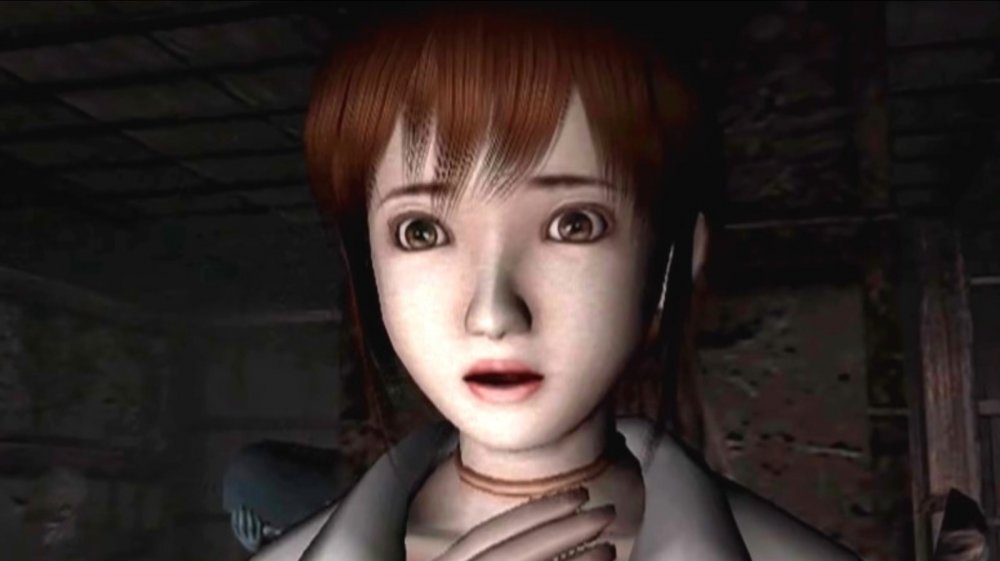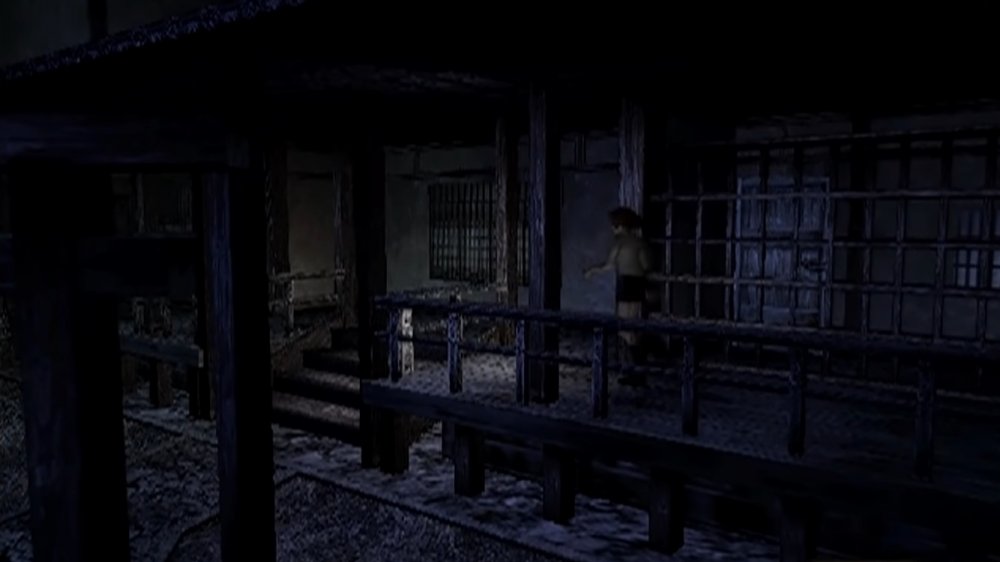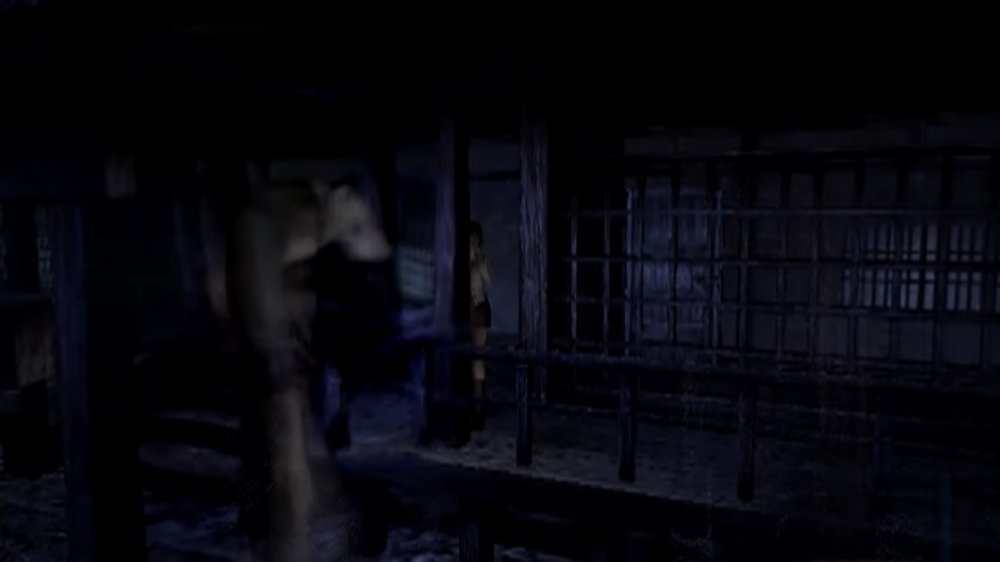The Terrifying Legend That Inspired Fatal Frame
Fatal Frame is nothing if not unique. Unlike other survival horror franchises, which make you decide when to fight and when to flee, the Fatal Frame games force you to stare at ghosts, look them in the eyes, and take their pictures. It's the only way to exorcise them — based on the long-standing belief that you can capture ghosts on film via "spirit photography."
While most gamers are primarily familiar with the second Fatal Frame game (and for good reason since it's one of the greatest horror games of all time), the first entry set up the franchise's time-worn formula. A main character, wandering into a haunted mansion teeming with ghosts, finds a camera that can exorcise the restless spirits and discovers that the haunting is caused by a botched ritual meant to close up a nearby hellmouth. Unless you possess an encyclopedic knowledge of Japanese urban legends, you might not realize that the game's developers turned an infamous Japanese ghost story into a video game, added tiny details such as a ghostbusting camera, and sold the result as Fatal Frame.
If you thought American ghost stories were bone-chilling, wait until you hear about the legend that inspired Fatal Frame.
Himuro Mansion might have actually been a den of dark rituals
If you've played Fatal Frame, the names Himuro Mansion and the Strangling Ritual are carved into your brain. The mansion, located in the Humuro Mountain area of Japan, is the setting of the first entry. Before the game's events, a girl was selected every ten years. After being raised in isolation for ten years, her limbs were wrenched from her body via ropes and pulleys. The ropes were then soaked in her blood and used to bind the hellmouth, and then another girl was selected for sacrifice. It's a gruesome tale, but Makoto Shibata, the creator of Fatal Frame, didn't make up the story.
Himuro Mansion is reportedly a real mansion that sits on the outskirts of Tokyo, Japan. Nobody is sure where it's located, just that it's in a forest and was home to a dark Shinto ritual known as "The Strangling Ritual." Every 50 years, a girl, selected at birth and raised in isolation, was sacrificed by tying her limbs to oxen and forcing them to tear her apart. After the grisly sacrifice, the ropes were soaked in her blood and used to bind a portal that would otherwise emit bad karma.
Fatal Frame's version of the Strangling Ritual is frighteningly one-to-one, save for one crucial difference. In Fatal Frame, the Strangling Ritual was meant to keep ghosts at bay. In real life, the ritual was designed to ward off bad luck.
The Strangling Ritual didn't go according to plan
In Fatal Frame, the Strangling Ritual failed in 1837 because the sacrificial girl fell in love – and possibly sabotaged the ritual. As a result, spirits poured out of the hellmouth and drove everyone in the Himuro Mansion insane. People either killed themselves or killed each other, resulting in the game's ghosts. Once again, Shibata borrowed heavily from real-world stories to produce Fatal Frame's ghastly lore.
The supposedly real sacrifice fell in love with a man, which was enough to taint the ritual. This sent the head of the Himuro Mansion into a killing spree, slaughtering everyone in his home before finally ending his own life. Whether he snapped or felt that honor through death was favorable to bad luck, however, is another matter entirely.
That isn't to say that the "real" Himuro Mansion is ghost-free, though. Some people state that the mansion's walls are covered in phantasmal blood and that ghosts show up in photographs. Worst of all, particularly unlucky visitors are both figuratively and literally roped into the ritual by the ghosts of the slaughtered Himuro family members.
Whether or not Himuro Mansion is a real place, it still influenced the story and setting of a fantastically dark and grisly horror game.



